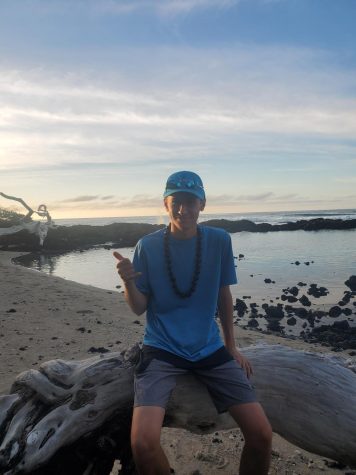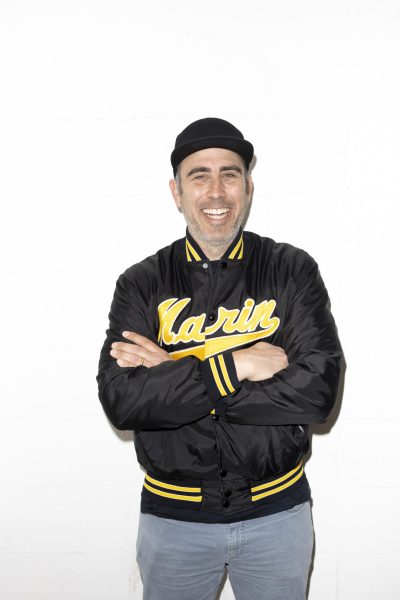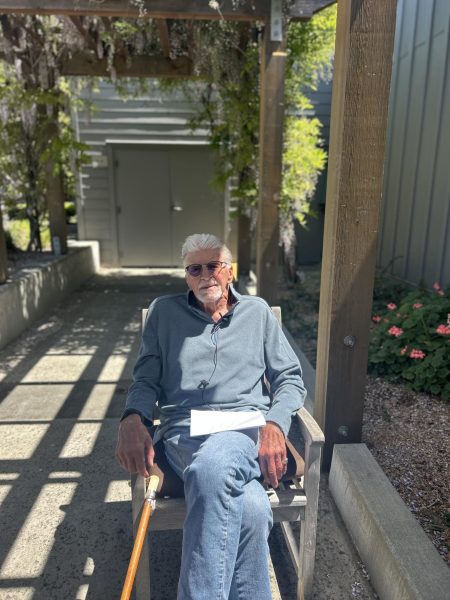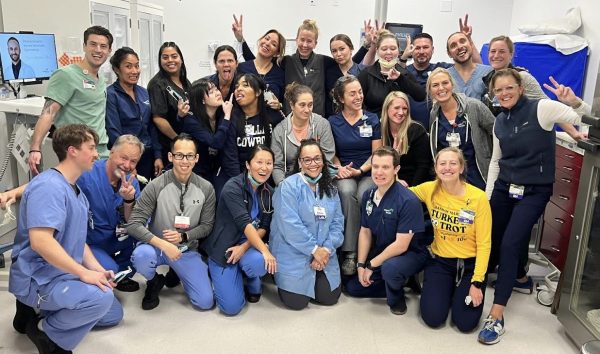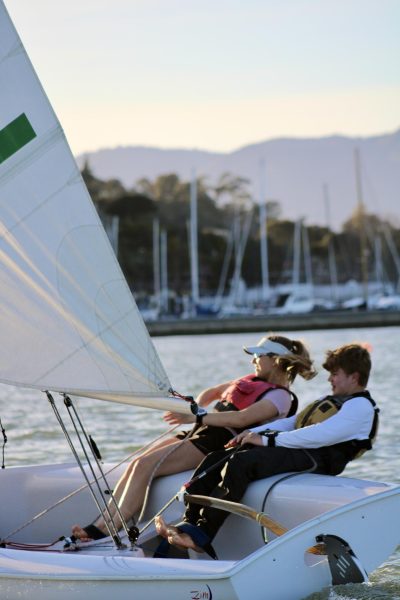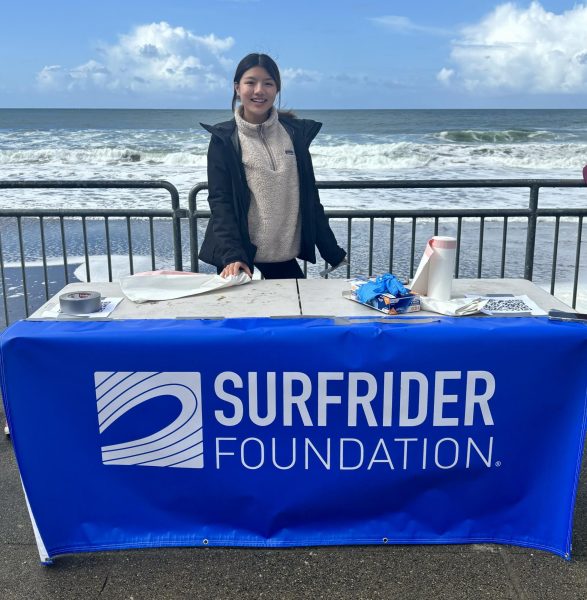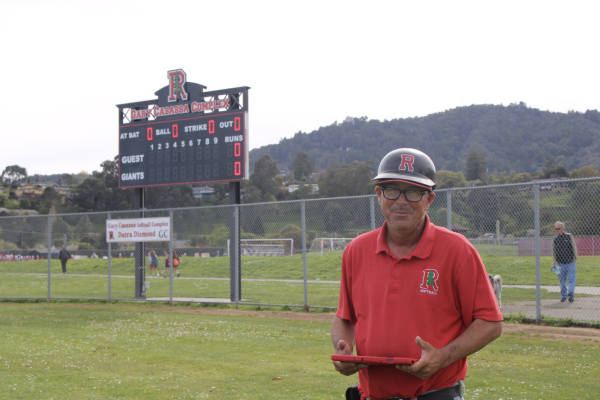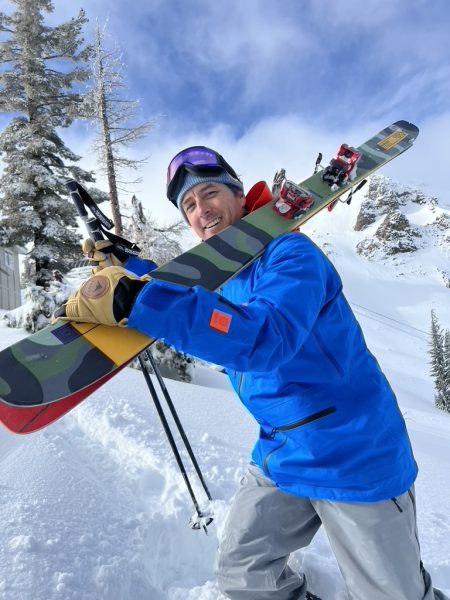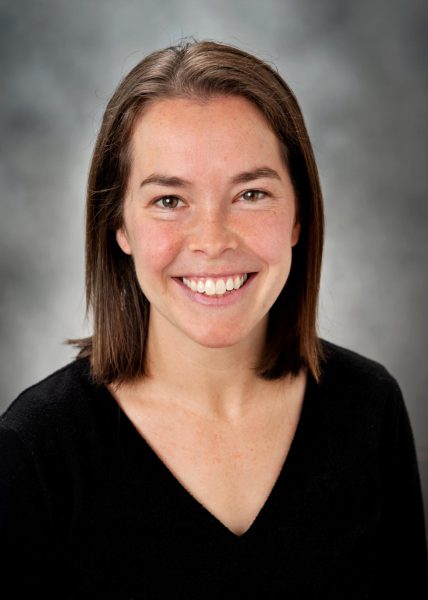Collegiate Athletes: When high school ends, the work begins
May 27, 2023
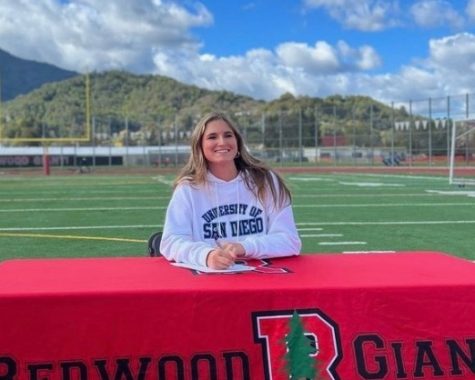
As the spring season comes to an end for many varsity sports, it’s time for most senior athletes to hang up their jerseys and retire their cleats, as many of them will not continue to play their high school sports in college. For the few athletes who will continue to better their game at the next level, the end of high school means their true preparation must begin. According to Sports Look, “The percentage of high school athletes that make a college roster is 5.7 [percent],” which means that one out of every 20 people on a varsity roster has the ability to continue playing. Senior Sofia Frushtick, who is a member of the Marin Rowing varsity girls team, committed to row Division I at the University of San Diego next year.
“After all of my hard work over these few years in rowing, it feels good to be moving on to the next step of my journey,” Frushtick said. “I’m really excited to get to school and meet my new teammates. I know that we will make great relationships across the whole year that will hopefully last a lifetime.”
Although Frushtick’s high school career has ended, she will be dedicating her summer to preparing for her collegiate career.
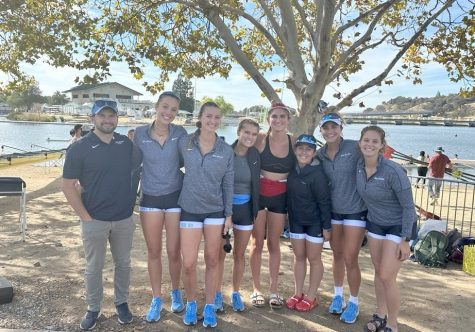
“My coach is going to send me a practice and workout plan I will use over the summer so I can be in shape when school kicks in,” Frushtick said. “I will probably end up spending most of my days at the boathouse where I can have access to the equipment I need.”
Senior Lulu Baker, who is committed to run Division III track and cross country at Middlebury College, has a similar training schedule to Frushtick and will spend the summer preparing for her upcoming season as well.
“My coach is sending me a plan that I will use to get back into the position I need to perform at a high level,” Baker said. “It will include various types of workouts that will most likely be difficult in the beginning, but get progressively easier.”
In her senior season, Baker did not participate in races as she had an ankle injury that sidelined her. Although the decision to sit out during her senior year was difficult, Baker believes that it will benefit her future as she prevented any possible career-ending injuries.
“[The team is] getting to school two weeks early because the season starts extremely close to the start of the school year,” Baker

said. “It makes sense because we need to be ready and the most prepared we can be.”
Overall, these experiences are what separates a high school athletic career from a collegiate career. The extra work that is put in, through rigorous training schedules, extra time and effort are all things that contribute to an athlete performing at their highest potential. However, dedication and love for the sport are what can help people like Frushtick and Baker challenge themselves at the next level.

